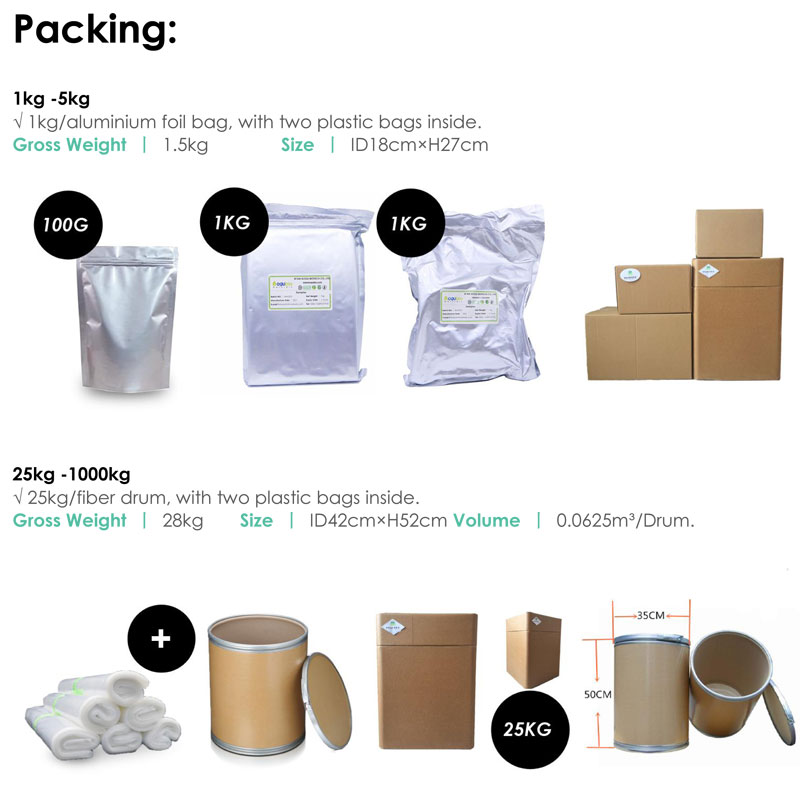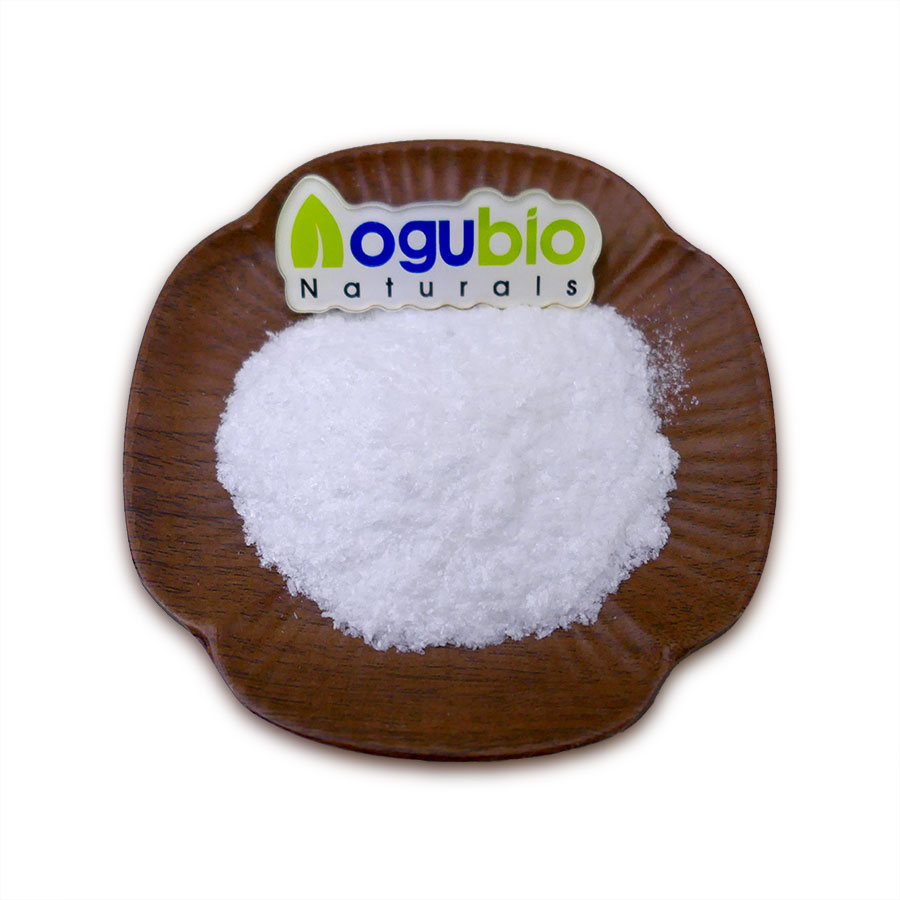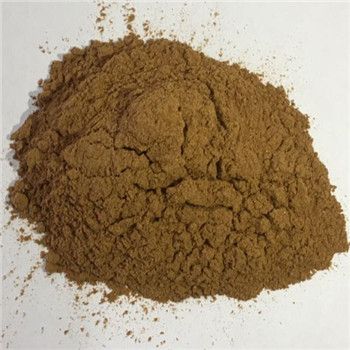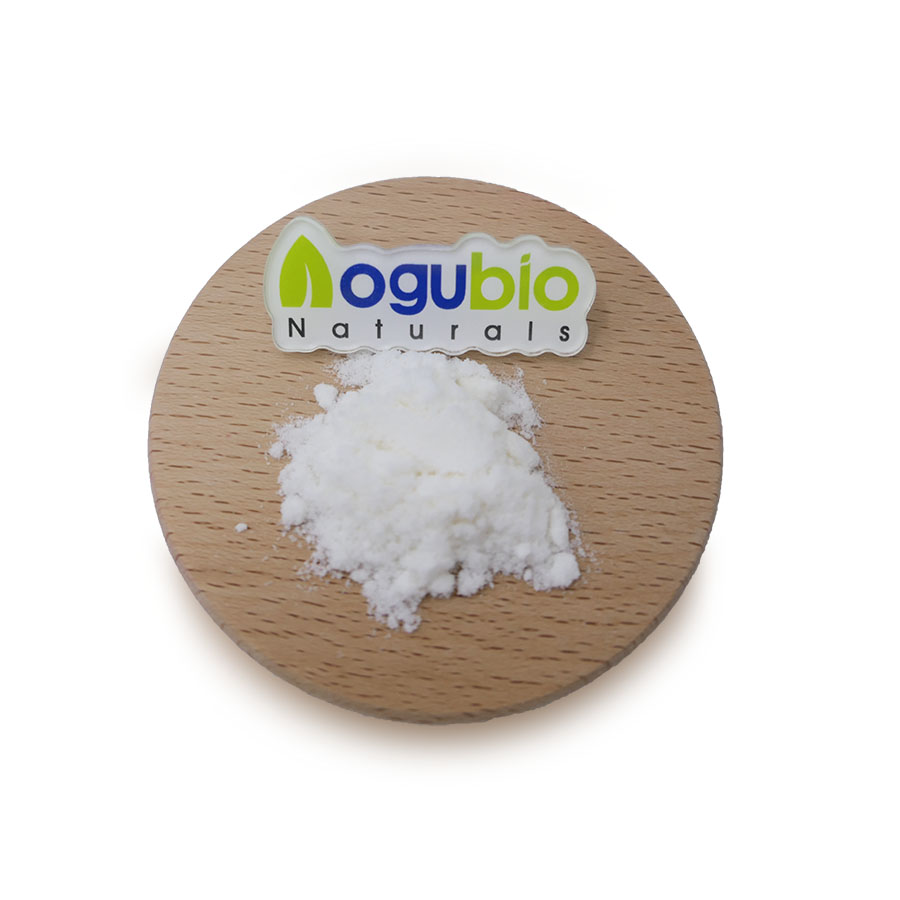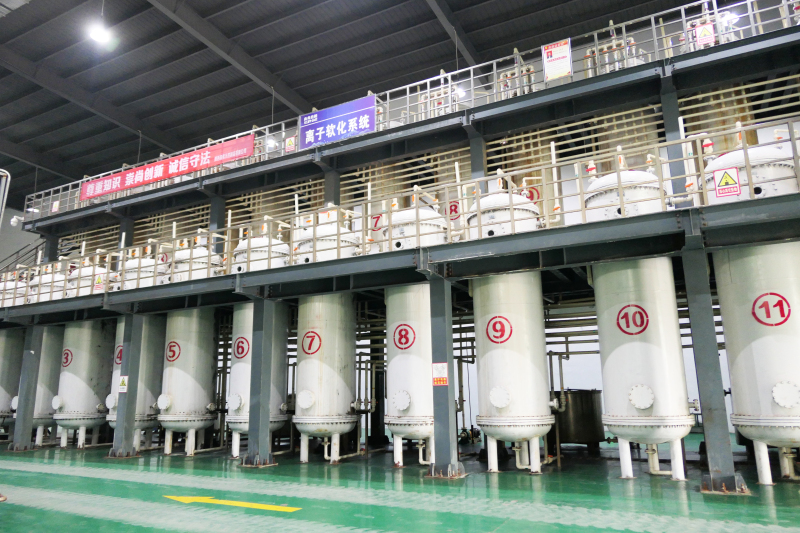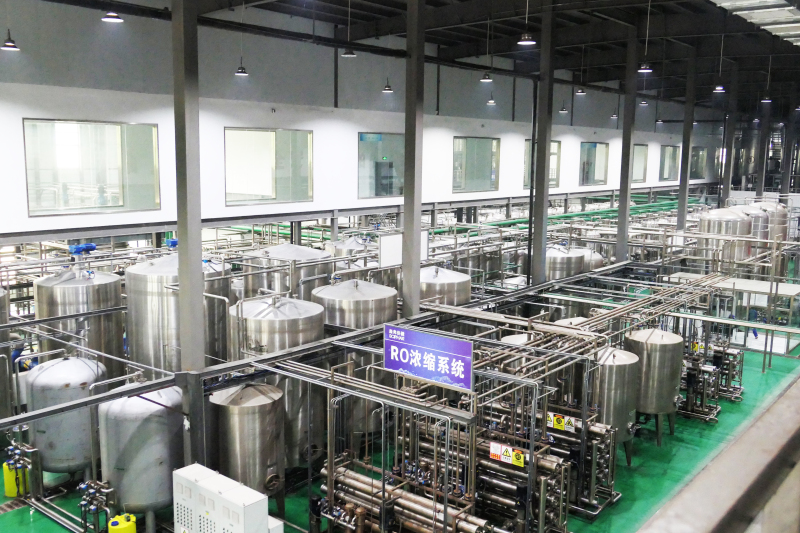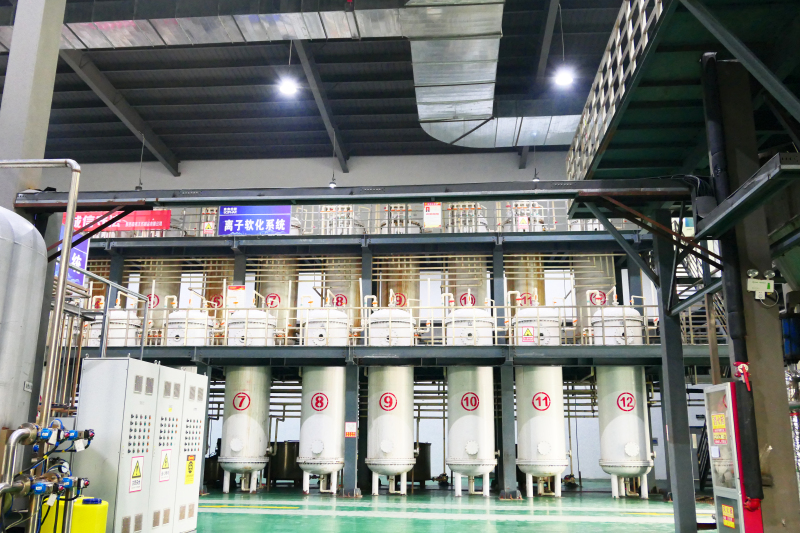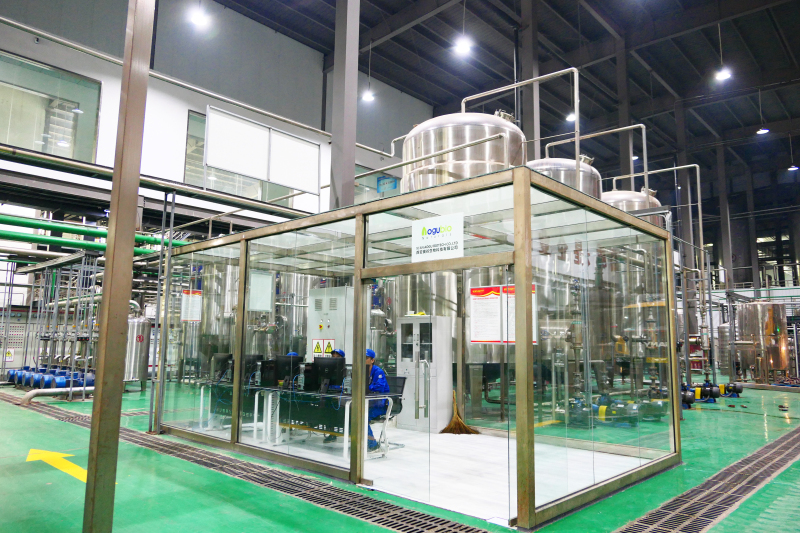How to use Kojic Acid Dipalmitate
How to Use Kojic Acid Dipalmitate: A Comprehensive Guide
Kojic acid dipalmitate is a powerful ingredient commonly used in the cosmetic industry for its skin lightening and brightening properties. Derived from kojic acid, this compound has been widely praised for its ability to reduce the appearance of hyperpigmentation, age spots, and other skin discolorations. However, incorporating kojic acid dipalmitate into cosmetic formulations can be a challenge due to its tendency to form crystals that precipitate. In this article, we will explore the proper usage of kojic acid dipalmitate and provide a step-by-step guide on how to effectively incorporate it into your skincare routine.
Before delving into the usage of kojic acid dipalmitate, let's take a brief look at the company behind this innovative ingredient. Aogubio is a specialized company that produces and distributes pharmacologically active substances, raw materials, plant extracts, nutraceuticals, and other products for various industries, including pharmaceutical, food, nutritional, and cosmetic. With a focus on delivering high-quality ingredients, Aogubio has established itself as a trusted provider in the market.
Now, let's dive into the usage of kojic acid dipalmitate. To overcome the challenge of crystallization, it is recommended to incorporate isopropyl palmitate or isopropyl myristate into the oil phase containing kojic acid dipalmitate. This will help to dissolve the dipalmitate and prevent the formation of unwanted crystals. Here is a step-by-step guide on how to effectively use kojic acid dipalmitate in your skincare formulations:
1. Gather the required ingredients and equipment:
- Kojic acid dipalmitate
- Isopropyl palmitate or isopropyl myristate
- Oil phase ingredients
- Water phase ingredients
- Heat-resistant containers
- Heating equipment
2. Begin by preparing the oil phase:
- Add the desired amount of kojic acid dipalmitate to the oil phase ingredients.
- Incorporate the suggested amount of isopropyl palmitate or isopropyl myristate.
- Heat the oil phase mixture to 80°C and maintain the temperature for 5 minutes to ensure complete dissolution of the dipalmitate.
3. Combine the oil and water phases:
- Slowly add the oil phase to the water phase while continuously stirring or emulsifying.
- Maintain the emulsification process for approximately 10 minutes.
4. Adjust the pH of the final product:
- Measure the pH value of the final emulsion.
- If necessary, adjust the pH to fall within the recommended range of 5.0-8.0.
Following these steps will ensure proper incorporation of kojic acid dipalmitate into your cosmetic formulations. The recommended addition amount of kojic acid dipalmitate in cosmetics is typically around 1-5%. However, for whitening products specifically, the suggested ratio is 3-5%.
Kojic acid dipalmitate offers numerous benefits for the skin. It inhibits the production of melanin, which is responsible for skin pigmentation, leading to a brighter and more even complexion. Regular use of products containing kojic acid dipalmitate can help diminish the appearance of age spots, freckles, acne scars, and other forms of hyperpigmentation. Additionally, this ingredient possesses antioxidant properties that protect the skin from harmful free radicals, reducing the signs of aging and promoting overall skin health.
It is important to note that kojic acid dipalmitate should be used with caution, especially for individuals with sensitive skin. It is always advisable to perform a patch test before incorporating new skincare ingredients into your routine. If any adverse reactions occur, discontinue use immediately and consult a dermatologist for further guidance.
In conclusion, kojic acid dipalmitate is a valuable ingredient in the cosmetic industry, known for its skin lightening and brightening properties. When utilizing this compound, it is crucial to follow the recommended guidelines provided by experts in the field, such as Aogubio. By incorporating isopropyl palmitate or isopropyl myristate into the oil phase and following the suggested steps, you can effectively dissolve kojic acid dipalmitate and create high-quality skincare products. Embrace the power of kojic acid dipalmitate and unlock the potential for a brighter, more radiant complexion.
Products Description
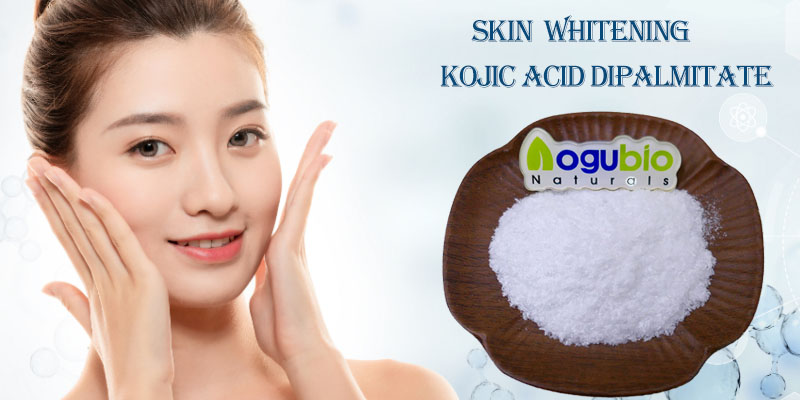
Kojic acid dipalmitate is modified kojic acid derivative,which not only overcomes the instability to light, heat and metallic ion, but also keeps the inhibitory tyrosinase activity and prevents the forming of melanin. Kojic dipalmitate owns stable chemical property. It will not turn yellow for oxidation, metallic ion, illumination and heating.
Function
- kojic acid dipalmitate is a kind of specialized inhibitor for melanin. It can prevent the tyrosinase activity through synthesizing with copper ion in the cells after it enters skin cells. Kojic acid and its derivative has better inhibitory effect on tyrosinase than any other skin whitening agents.
- kojic acid dipalmitate can also eliminate free radical, strengthen cell activity of cell and keep the food fresh.
BASIC ANALYSIS
|
ANALYSIS
|
SPECIFICATION
|
RESULTS
|
|
Appearance
|
White Powder
|
Complies
|
|
Odor
|
Characteristic
|
Complies
|
|
Tasted
|
Characteristic
|
Complies
|
|
Assay
|
99%
|
Complies
|
|
Sieve Analysis
|
100% pass 80 mesh
|
Complies
|
|
Loss on Drying
|
5% Max.
|
1.02%
|
|
Sulphated Ash
|
5% Max.
|
1.3%
|
|
Extract Solvent
|
Ethanol & Water
|
Complies
|
|
Heavy Metal
|
5ppm Max
|
Complies
|
|
As
|
2ppm Max
|
Complies
|
|
Residual Solvents
|
0.05% Max.
|
Negative
|
|
Microbiology
|
||
|
Total Plate Count
|
1000/g Max
|
Complies
|
|
Yeast & Mold
|
100/g Max
|
Complies
|
|
E.Coli
|
Negative
|
Complies
|
|
Salmonella
|
Negative
|
Complies
|
Applications
Body/facial care toners, anti-aging preparations, sun protection, after-sun & self-tanning, skin whitening/lightening, treatment for a variety of skin hyperpigmentation conditions or disorders, e.g. solar lentigenes, melasma, chloasma, scars, freckles, age pigment and other local hyperpigmented regions of the skin
